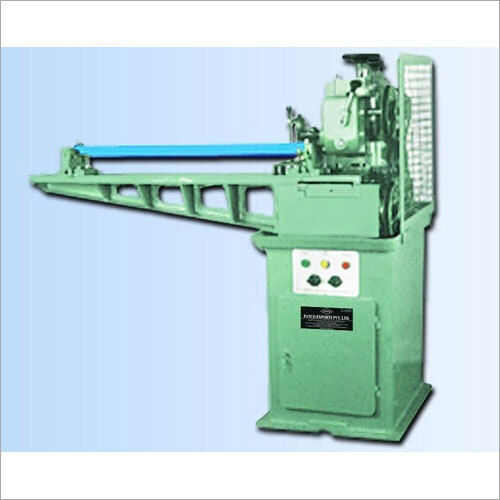Flat End Milling Machine

Product Details:
- Material Mild Steel
- Color Green
800000 INR/Unit
X
Flat End Milling Machine Price And Quantity
- 800000 INR/Unit
- 1 Unit
Flat End Milling Machine Product Specifications
- Mild Steel
- Green
Flat End Milling Machine Trade Information
- 15 Days
Product Description
The Flat End Milling Machine offers several advantages in machining processes. It allows for the efficient removal of material, provides precise control over cut dimensions, ensures flatness and smoothness of the machined surface, and enhances productivity by reducing manual labor and achieving consistent results.
FAQ:
Q: What is the purpose of a Flat End Milling Machine?
A: The purpose of a Flat End Milling Machine is to mill or cut flat surfaces on workpieces in various industries. It is used for tasks such as squaring edges, creating grooves, or producing precise flat surfaces on materials like wood, metal, or plastic.
Q: How does a Flat End Milling Machine work?
A: A Flat End Milling Machine works by rotating a cutting tool called an end mill, which has a flat bottom surface and cutting edges along its sides. The operator positions the workpiece on the adjustable worktable and guides the end mill across the surface, controlling the depth and feed rate to achieve the desired cut.
Q: What are the benefits of using a Flat End Milling Machine?
A: Using a Flat End Milling Machine offers several benefits, including efficient material removal, precise control over cut dimensions, flatness and smoothness of machined surfaces, and increased productivity. It enables accurate and consistent results while reducing manual labor.
Q: Can a Flat End Milling Machine handle different materials?
A: Yes, a Flat End Milling Machine can handle a variety of materials, including wood, metal, plastic, and other workpiece materials commonly used in machining processes. The selection of the appropriate end mill and cutting parameters should consider the specific material being worked on.
Q: Is operator training required to use a Flat End Milling Machine?
A: Yes, operator training is necessary to safely and effectively use a Flat End Milling Machine. Operators should receive training on machine operation, safety protocols, proper tool selection, workpiece positioning, and maintenance procedures.
Enter Buying Requirement Details





